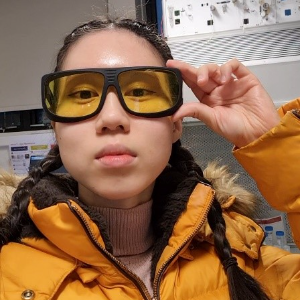Title : Antimicrobial properties of functionalized copper nanoparticles doped with gold nanoclusters
Abstract:
Nanoparticles are referred to materials with dimensions typically between 1 to 100 nm. It has been found that these materials have enhanced properties, such as antimicrobial activity, due to their large surface area to volume ratio. The conditions during the synthesis of nanoparticles can be controlled to form their required physiochemical properties, including size, surface functionality, and stability, resulting in their strong antimicrobial properties. During the past 2 years, we have developed novel Au-nanocluster (<5 nm) decorated copper nanoparticles (Au@CuNPs) with overall diameter sizes around 10-30 nm using galvanic displacement. The Au@CuNPs are constructed as a bimetallic formation which displayed a high selective production of H2O2 via a two-electron (2e-) oxygen reduction reaction (ORR). The optimised Au@CuNPs exhibited a high 2e- selectivity of 95% H2O2 production. Herein, this work will explore these functionalized bimetallic Au@CuNPs with a selective Au to Cu ratio varying from 0.5:10 to 2:10 and different salt condition treatments of CuNPs prior to the displacement reaction. The morphology and composition of the synthesised Au@CuNPs were characterised through scanning electron microscopy (SEM), transmission electron microscopy (TEM) and X-ray diffractometer (XRD). A ZetaSizer was used to characterise their zeta potential and their hydrodynamic sizes in fluid suspensions. The Au@CuNPs were also tested against common nosocomial microbes using the cut well diffusion method and found to provide better antimicrobial properties than their single element nanoparticles. The antimicrobial evaluation results showed that Au@CuNPs were more effective against gram positive Staphylococcus aureus in comparison to gram negative Escherichia coli. It is suggested that their H2O2 electrocatalytic yielding ability aids to their mechanism of action against Gram-positive bacteria by generating high levels of oxygen species which increases oxidative stress and leads to cell death.
Audience Take Away:
- Synthesis of Cu-Au nanoparticles using simple galvanic displacement reaction
- Antibacterial activity of Cu-Au nanoparticles
- The connection between the physiochemical properties of nanoparticles and their antibacterial activity
- Potential antimicrobial applications of nanoparticles



